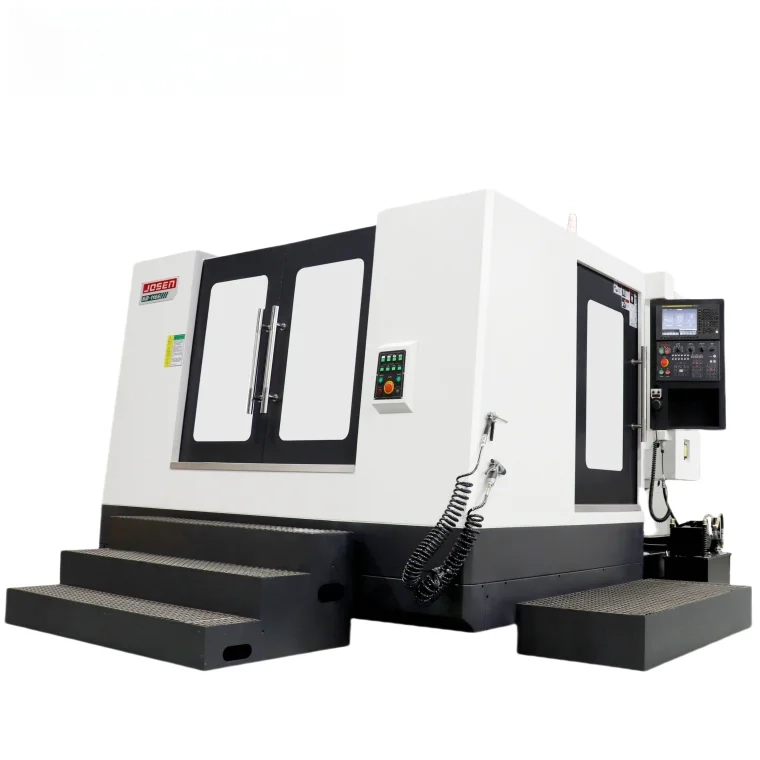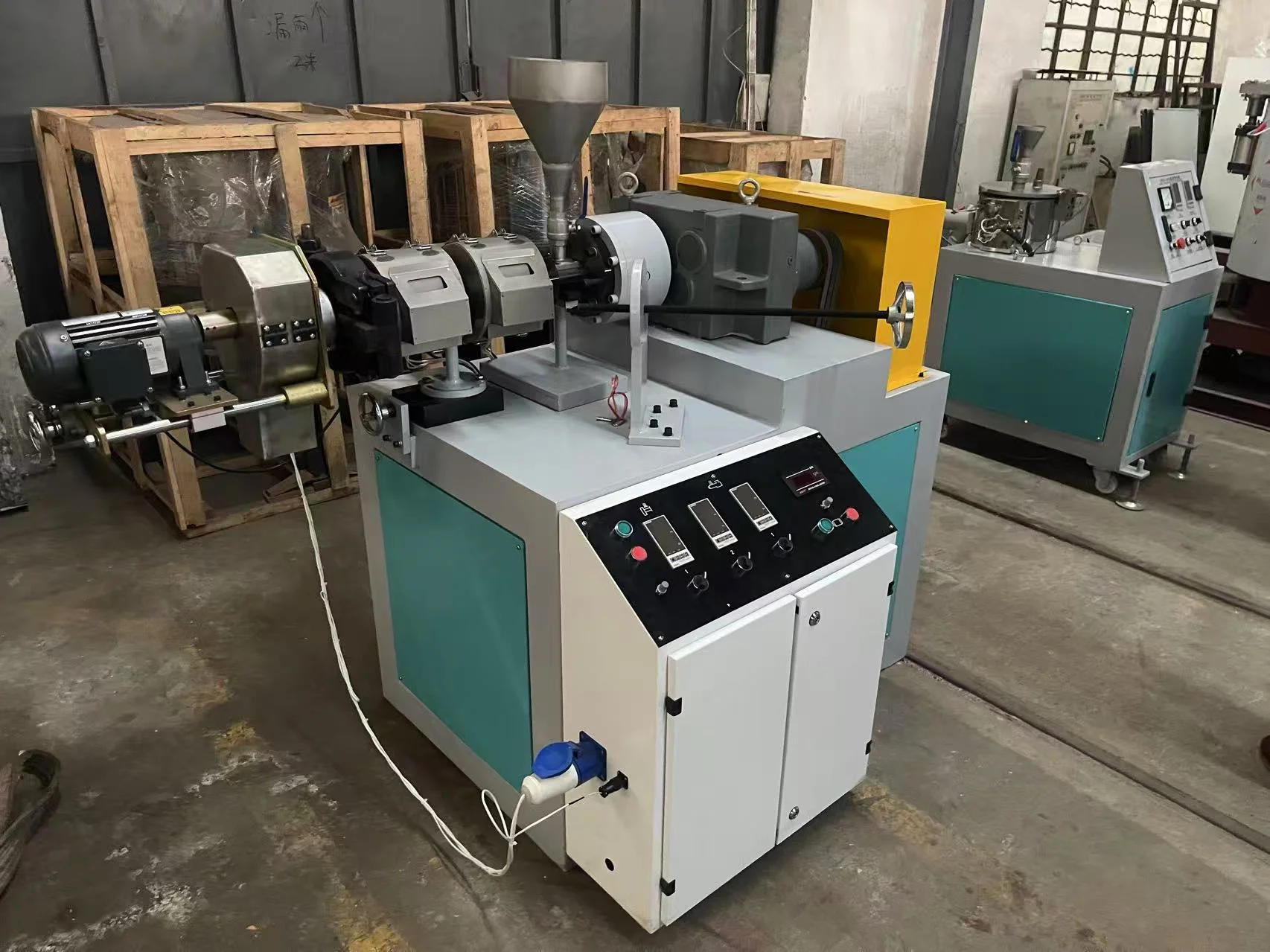When it comes to relocating or simply decluttering your living space, packing a house for storage can seem like a daunting task. However, with the right strategies and techniques, you can streamline the process and ensure that your belongings remain safe and organized. This guide will delve into the intricacies of packing a house for storage, providing you with practical tips and expert insights to make the experience as efficient and stress-free as possible.
- Assessing Your Belongings
Before you dive into packing, take the time to assess what you have. This step is crucial for several reasons:
- Inventory Creation: Make a detailed list of all items you plan to store. This will not only help you keep track of your belongings but also assist in insurance claims if necessary.
- Decluttering: Use this opportunity to declutter. Consider donating, selling, or discarding items that you no longer need or use. This will reduce the volume of items you need to pack and store, making the process more manageable.
- Choosing the Right Storage Solutions
Selecting the appropriate storage solutions is vital for the safety and preservation of your items. Here are some options to consider:
- Storage Units: If you need to store a large volume of items, renting a climate-controlled storage unit is advisable. This protects sensitive items from temperature fluctuations and humidity.
- Self-Storage: For those who prefer easy access to their belongings, self-storage facilities offer a range of unit sizes and flexible rental agreements.
- Portable Storage Containers: These are ideal for those who want the convenience of packing at their own pace. Containers can be delivered to your home and picked up once you’re finished.
- Packing Techniques for Different Items
Different items require different packing techniques to ensure their safety during storage. Here’s how to pack various categories of belongings:
a. Furniture
- Disassemble When Possible: Take apart larger pieces of furniture to save space and reduce the risk of damage. Keep screws and small parts in labeled bags taped to the corresponding furniture.
- Protect Surfaces: Use moving blankets or bubble wrap to protect surfaces from scratches and dents. For wooden furniture, consider applying a coat of furniture polish to prevent drying out.
b. Clothing and Textiles
- Use Wardrobe Boxes: These boxes come with a hanging rod, making it easy to store clothes without wrinkling. For bulkier items like blankets and comforters, vacuum-sealed bags can save space.
- Label Boxes: Clearly label boxes with their contents and the room they belong to. This will make unpacking much easier.
c. Kitchenware
- Wrap Fragile Items: Use bubble wrap or packing paper to wrap dishes, glassware, and other fragile items. Place them vertically in boxes to minimize the risk of breakage.
- Fill Empty Spaces: Use kitchen towels or packing paper to fill empty spaces in boxes to prevent items from shifting during transport.
d. Electronics
- Original Packaging: If possible, use the original packaging for electronics. If not, wrap them in bubble wrap and place them in sturdy boxes.
- Label Cords: Use zip ties or twist ties to bundle cords and label them to avoid confusion when setting up your electronics again.
- Organizing Your Storage Space
Once you’ve packed your items, it’s time to organize your storage space effectively:
- Create a Layout: Plan how you will arrange your items in the storage unit. Place frequently accessed items near the front and heavier items at the bottom.
- Use Shelving: If your storage unit allows, use shelving to maximize vertical space. This keeps items off the floor and makes it easier to access them.
- Maintain an Aisle: Leave a narrow aisle between boxes to facilitate easy access to your belongings.
- Final Checklist Before Storage
Before you close the door on your storage unit, ensure you’ve completed the following:
- Double-Check Inventory: Cross-reference your inventory list with the items packed to ensure nothing is missing.
- Secure the Unit: Use a high-quality lock to secure your storage unit. Consider a disc lock for added security.
- Insurance: Check if your homeowner’s insurance covers items in storage. If not, consider purchasing storage insurance for peace of mind.
Conclusion
Packing a house for storage doesn’t have to be an overwhelming task. By following these expert tips and techniques, you can ensure that your belongings are well-organized, protected, and easily accessible when you need them. Whether you’re moving, renovating, or simply decluttering, mastering the art of packing will save you time, effort, and stress in the long run. Happy packing!



More Stories
Lidi Toys Launches the Best Mini Soccer Goal for Kids: Perfect for Backyard Fun!
How To Choose The Right Fiber Discs To Achieve The Best Grinding Performance
Eco-Friendly Tobacco: A Greener Choice for Conscious Smokers